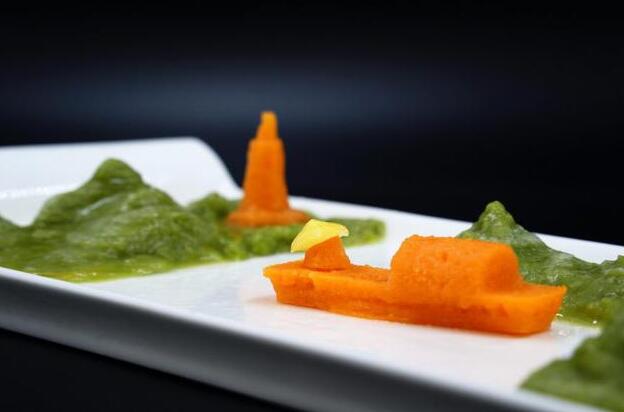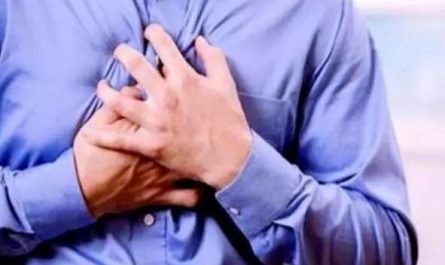According to media reports, Singaporean researchers have developed a new method of “printing” fresh vegetables to provide more delicious and nutritious food for patients with dysphagia.
Researchers from Singapore’s Nanyang Technological University, Singapore University of Technology and Design, and Khoo Tak Pat Hospital have recently developed a new method that can produce “food ink” from fresh and frozen vegetables, which preserves their nutrition and nutrition better than existing methods. taste.
Food ink is usually made of liquid or semi-solid food puree, then 3D printing is extruded using a nozzle, and then assembled layer by layer. Pasty food is usually provided to patients who have difficulty swallowing. In order to make the food more appetizing visually, medical professionals use silicone molds to shape the food puree, which is labor and time-intensive work and needs to be stored.
Although 3D food printing means that the desired shapes and textures can be easily produced in a relatively short time, food inks made from dehydrated food and freeze-dried powder usually have high levels of food additives, such as gels used to stabilize food inks and make printing The process is more stable, but high-concentration gels usually change the taste, texture, and aroma of food, and make patients with dysphagia lose their appetite, which may lead to reduced food consumption and malnutrition.
To overcome this challenge, the research team explored the use of different combinations of fresh and frozen vegetables to make the food ink more stable. Food ink not only better preserves the nutrition of printed food, but also makes it more delicious. This new method of making food ink can increase the food intake of patients and has a positive effect on their physical health and mental state.
In addition, the research team found that vegetables can be roughly divided into three categories, and each category requires different hydrocolloid processing to be printed. For example, peas, carrots, and cabbage are selected as representatives in each category, and no gelation is required. Glue, one kind of gel and two kinds of gel are needed.
The figure shows 5 formulas of 3 types of food inks. The 3D printing shape is representative. The image forming the box-like structure represents the optimized formula of food ink. The score in the upper right corner of each image is evaluated by shape fidelity and shape stability. The figure shows 5 formulas of 3 types of food inks. The 3D printing shape is representative. The image forming the box-like structure represents the optimized formula of food ink. The score in the upper right corner of each image is evaluated by shape fidelity and shape stability.
Chief Researcher Zhang Yi of Nanyang Technological University said: “Our latest technology helps to provide patients with dysphagia with nutritious and safe food, so that they can eat more dignified and confident in social activities. The appearance of these foods is The taste is like ordinary food.”
Our method of 3D printing fresh vegetables can be conveniently applied to hospitals, nursing homes, and day care centers to improve eating for the elderly with swallowing difficulties and obstacles. At the same time, the research is a step forward in digital gastronomy, and we can satisfy nutritionists. Special requirements formulated, such as: nutrition customization and visual appeal.
According to Cai Zhikai, the author of the research report and the head of engineering product design at Singapore University of Technology and Design, the next technological frontier of additive manufacturing is 3D food printing. With the continuous development of the field of 3D food printing, we are very happy to continue to push the boundaries of the industry. Find innovative solutions to global issues such as food safety and sustainability.
Gladys Wang, senior chief nutritionist at Chiu Deba Hospital, said: “3D food printing is not only a novelty, I believe it will be a feasible solution in the near future to provide food for our increasingly aging residents. And nutrition, frail, elderly patients, and patients with difficulty swallowing, even if they only eat some smooth, mushy food, they can get a pleasing dining experience.”






